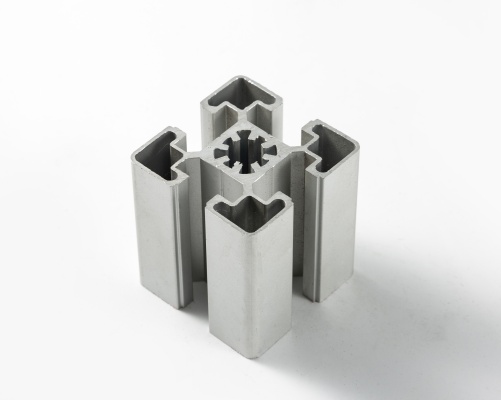Aluminum extrusion typically includes products such as linear aluminum and heat sink aluminum. It is produced using an extrusion process, where aluminum is forced through a mold to create various shapes with different cross-sections.
Lightweight & Rust-resistant: Aluminum is light and does not rust, making it ideal for many applications. The molds fee also required low.
Long Lengths: Products can be extruded in lengths exceeding 10 meters, and we provide custom aluminum extrusions.
Smooth Appearance: The surface finish is bright and matte due to anodizing treatment, which creates an oxide layer up to 0.12 mm thick.
Disadvantages of Aluminum Extrusion
Surface Defects: Common issues include warping, deformation, black lines, bumps, and white lines on the surface.
Rusting Risk: Non-anodized aluminum can rust easily, leading to reduced performance compared to iron products.
Aluminum die casting is a processing method that uses different equipment than die casting aluminum alloys and aluminum profiles. The main raw materials are aluminum ingots and alloy materials with a purity of about 92%. These raw materials are melted in the furnace and injected into the die-casting machine to form various shapes and models of products.
Advantages of casting aluminum
High hardness and strength: can be mixed with zinc to form zinc aluminum alloy, which can be directly formed without subsequent cutting.
Production process: Die casting molding, Rough polishing to remove residual clamping material,Fine polishing
Batch requirements: It needs to be produced in large quantities to share the cost of tools.

